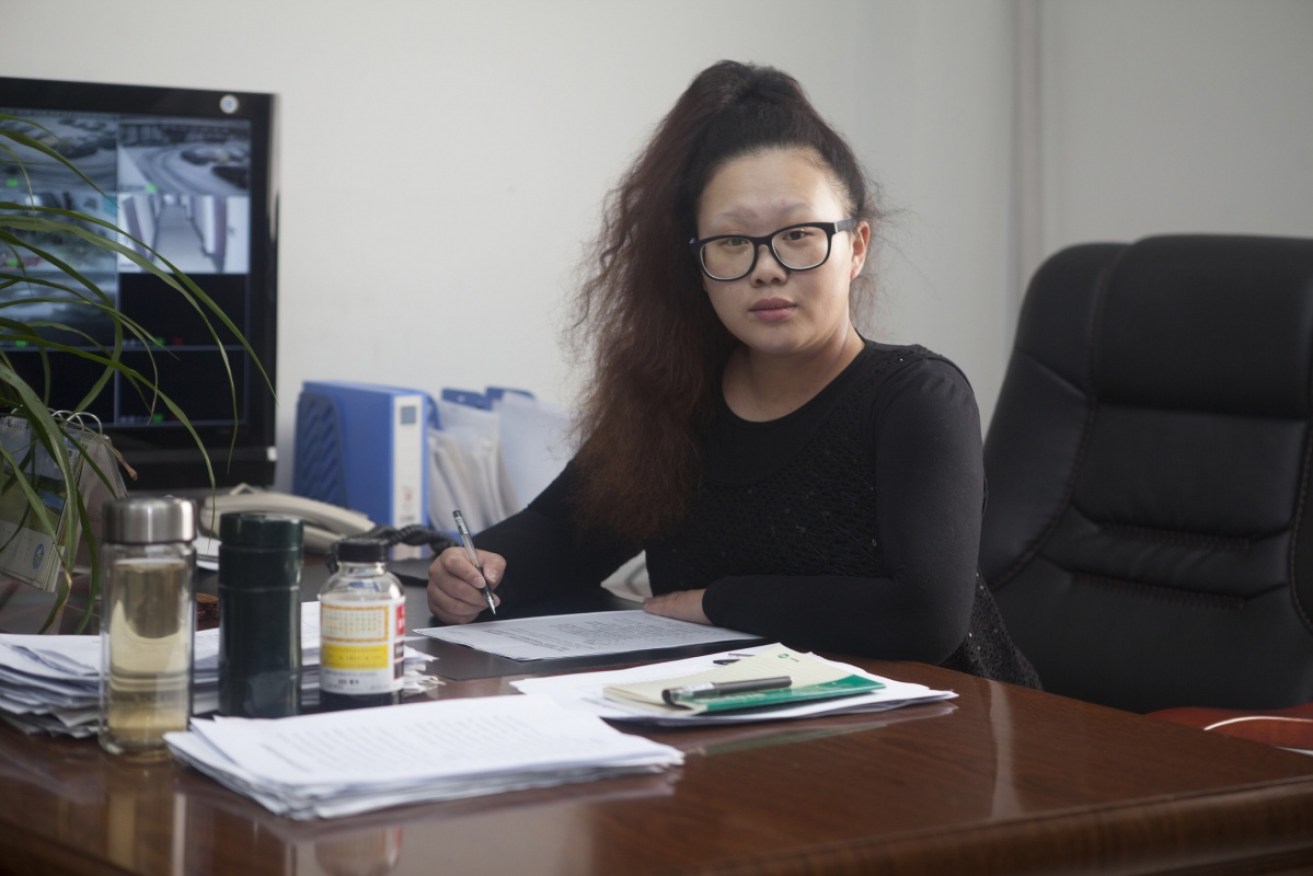The Financial Services Council, which represents super funds owned by the banks and listed wealth firms, said the most significant issue with the MySuper regime was that it had not resulted in an increase in competition in the super sector.
“There is a clear timetable for the transferral, which is eight months away. This is a small part of the equation and it is being resolved,” Andrew Bragg, director of policy at the FSC, told The Australian Financial Review reported.
“The bigger question is: when will there be competition in default super?” he said.
Mr Bragg argued that MySuper was an “unfinished reform” on the grounds that it was designed to introduce low fee products that were easily comparable and would give super funds an even playing field on which to attract default contributions.
New models are being examined
The Productivity Commission is conducting an inquiry into developing models for a formal competition process in allocating default super contributions. Under the current system, about $10 billion of super contributions a year flow to industry super funds through the industrial awards system.
Rainmaker reported that MySuper products were managing $475 billion of super savings, a rise of 11 per cent over the past year. By July next year the figure is expected to be $633 billion, rising to $1 trillion by 2024.
The research house said industry schemes had “in effect fully transitioned” all default super savings into the no-frills MySuper products. MySuper products were on average 20 per cent cheaper than old-style retail workplace funds, Rainmaker found.
“The sooner members transition across to these lower cost products, the sooner they start saving fees,” Rainmaker said.
The New Daily is owned by industry super funds










